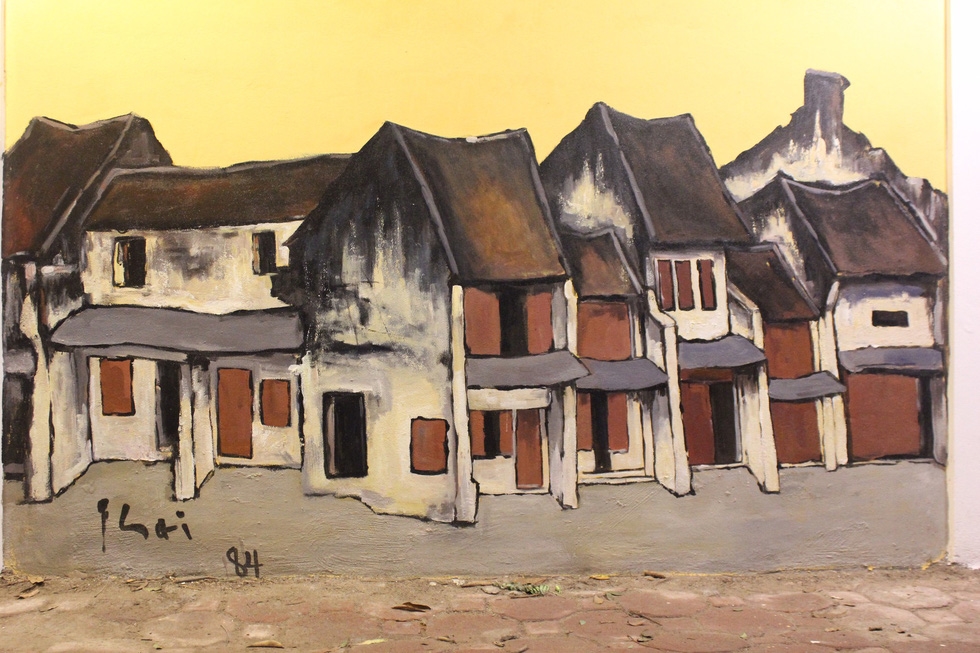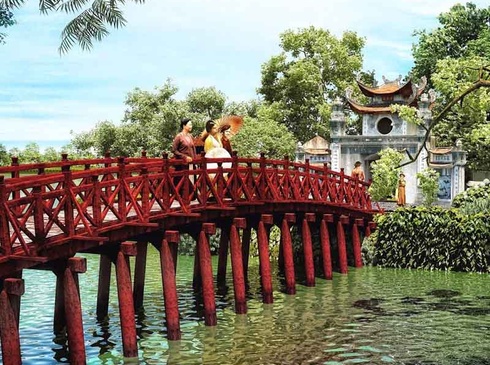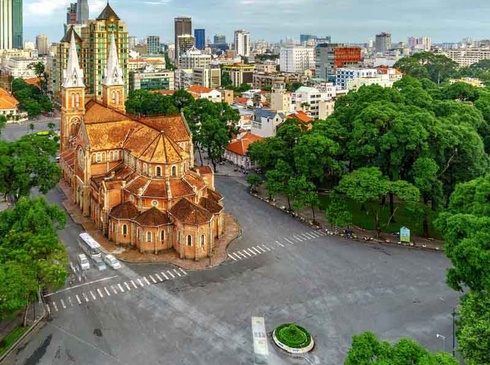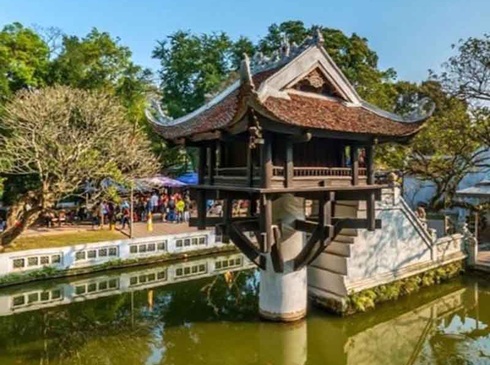Exploring Vietnam's Vibrant Modern Art Scene
Vietnam's art scene has been described as a reflection of the country's tumultuous history, with its ancient art forms and traditional elements influenced by war, colonialism, and globalization. While the country has been known for its unique artistic tradition for centuries, the rise of modern art has brought about a fresh perspective on the Vietnam art scene. Vietnam’s contemporary art is dynamic, diverse, and fascinating, showcasing everything from political commentary to delicate abstract paintings, and experimental mixed-media installations. In this article, we'll be exploring Vietnam's vibrant modern art scene, tracing its roots, and highlighting some of the country's most significant artists.
.jpg)
The roots of Vietnam's modern art scene
Vietnam's modern art scene emerged in the 1980s, following the country's economic liberalization and the fall of the Communist regime. This period marked significant cultural changes, propelling Vietnam's artists to experiment with new styles, forms, and techniques. The influence of French colonialism, communism, and globalization was evident in the art produced during this period. Notable artists include Dinh Q. Le, a Miami-based artist who creates large-scale photographic collages using images of Vietnamese cultural and political themes. Meanwhile, Bui Xuan Phai is famous for his depictions of Hanoi streets, often portrayed through vibrant colors and a distinct poetic style.
Contemporary art in Vietnam
In recent years, Vietnam's contemporary art scene has grown exponentially, drawing global attention from art collectors, critics, and enthusiasts. The use of traditional Vietnamese materials and techniques, combined with modern elements, has created a unique fusion that sets Vietnam's modern art apart from other contemporaries. Some of the noteworthy contemporary artists include Nguyen Phuong Linh, whose performance and video art often explores the complex relationship between globalization, imperialism, and Vietnamese identity. Meanwhile, Vo Tran Chau has created sculptures, installations, and drawings that often focus on urban life and the complexities of social change.

The role of galleries and art spaces
Vietnam's galleries and art spaces have played a crucial role in promoting and nurturing the country's modern art scene. From Ho Chi Minh City's vibrant art street, which features dozens of galleries and artists' studios, to Hanoi's established contemporary art museums such as The Factory Contemporary Arts Centre and the Hanoi Museum of Contemporary Art, the country has a wealth of rich and varied spaces dedicated to showcasing avant-garde works. Some of the most acclaimed galleries include Galerie Quynh, Wink, and Art Vietnam Gallery.
The influence of socio-political commentary
Vietnam's history of political oppression and struggle has deeply influenced its contemporary artists. Many of Vietnam's prominent modern artists use their works to make potent political and socio-economic statements. For example, Thierry Bernard-Gotteland, who has exhibited at the prestigious Venice Biennale, creates installations that convey the consequences of war and conflict, while Le Quy Tong focuses on the decaying urban environment in his paintings. This focus on socio-political commentary has gained recognition for Vietnam's artists as creators of thought-provoking and impactful pieces.
.jpg)
The future of Vietnam's modern art scene
Vietnam's modern art scene is dynamic, exciting, and ever-evolving. With new artists emerging and the continued recognition of established creatives, the country's contemporary art is set to continue growing, with a broad range of styles, mediums, and forms. Moreover, as the world pays renewed attention to the dynamic creative scene in Southeast Asia, Vietnam is fast becoming one of the most exciting areas for contemporary art.







